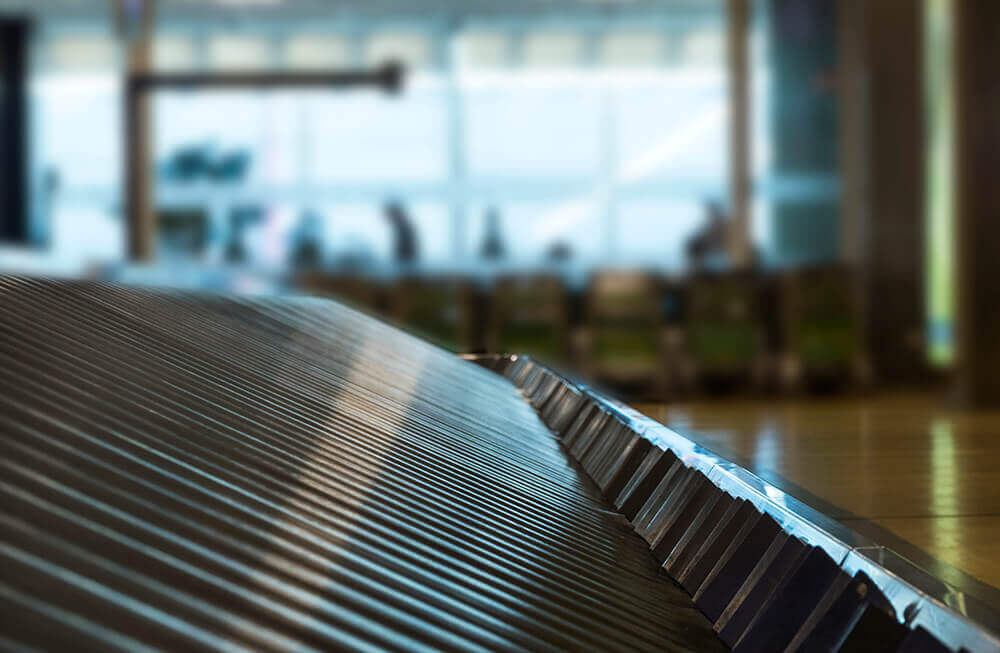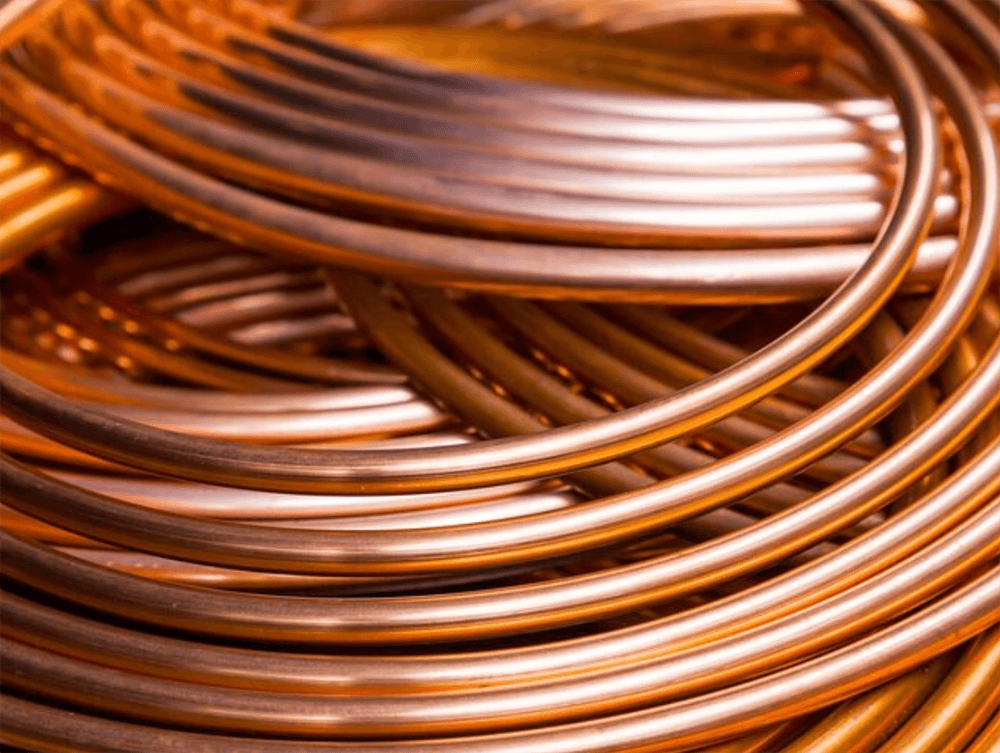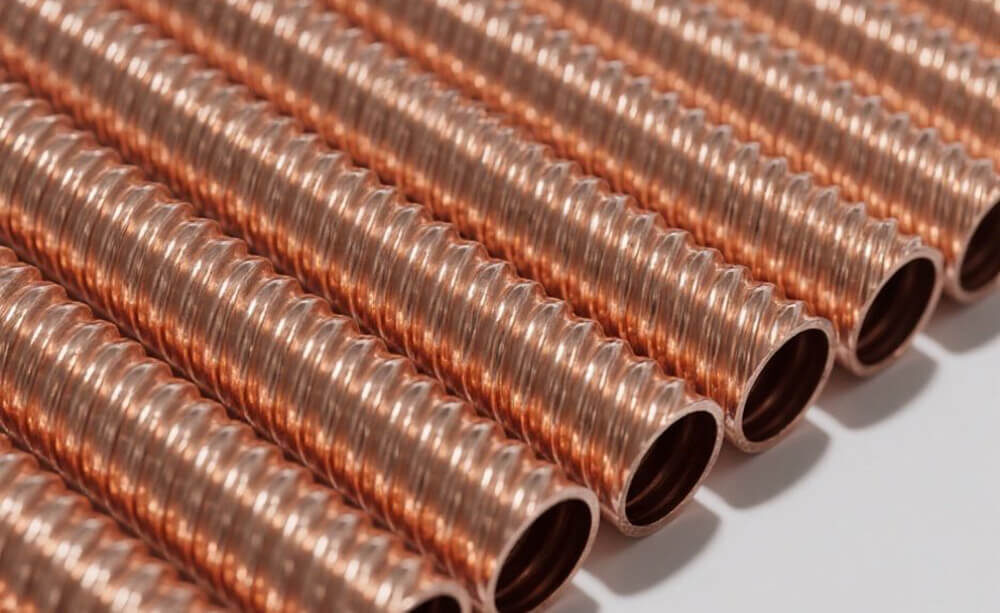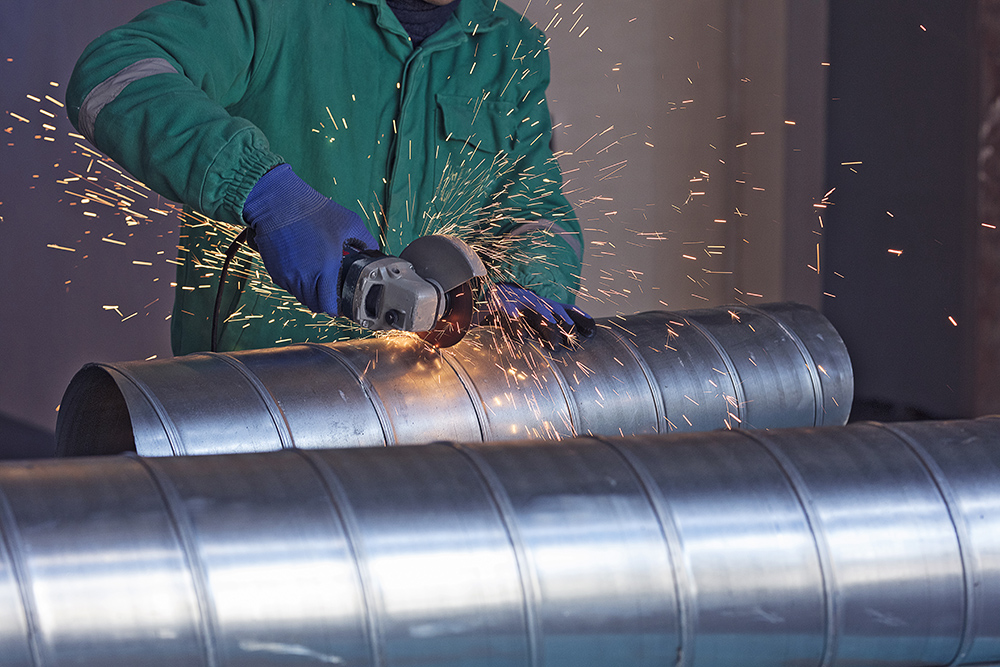Finned tube heat exchangers are crucial equipment widely used in industrial applications for transferring heat between different fluids. However, due to their common construction from dissimilar metallic materials, such as copper tubes and aluminum fins, they are highly susceptible to electrochemical corrosion. This corrosion can significantly degrade the performance of the heat exchanger, shorten its lifespan, and potentially lead to unexpected shutdowns and economic losses. This article will explore the specific impacts of electrochemical corrosion on the performance of finned tube heat exchangers.
Basic Principles of Electrochemical Corrosion
Electrochemical corrosion, also known as galvanic or bimetallic corrosion, occurs when two dissimilar metals are in electrical contact in the presence of an electrolyte, such as humid air or process fluids. Due to the difference in their electrochemical potentials, one metal (the anode) undergoes oxidation and corrodes, while the other metal (the cathode) is protected. In finned tube heat exchangers, the points of contact between copper tubes and aluminum fins, especially at the fin collar, are common sites for electrochemical corrosion. Aluminum is typically more active than copper and thus tends to act as the anode and corrode in this scenario.
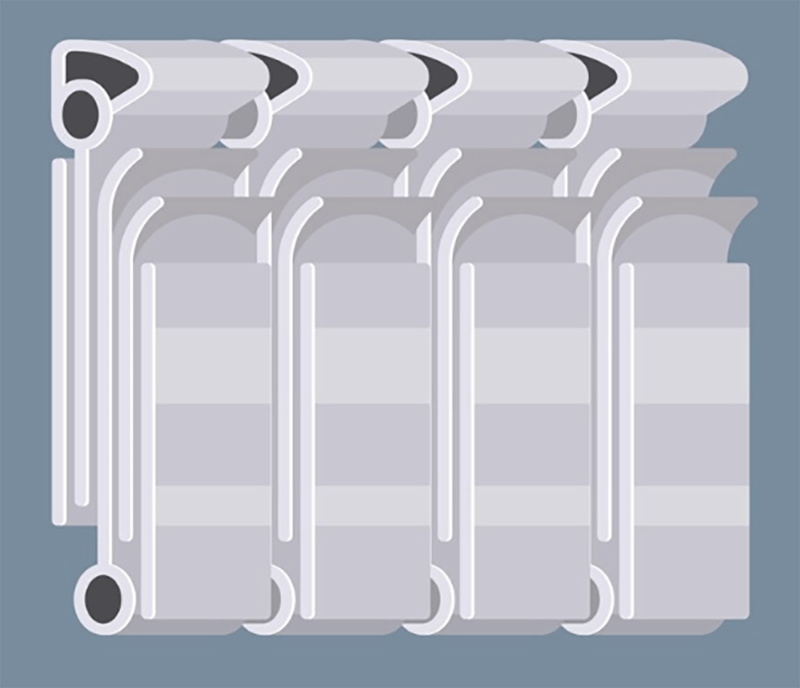
Impacts of Electrochemical Corrosion on Heat Exchanger Performance
Electrochemical corrosion can negatively affect the performance of finned tube heat exchangers in several ways:
- Reduced Heat Transfer Efficiency: Electrochemical corrosion leads to the accumulation of corrosion products, such as aluminum oxide, on the fin surfaces, particularly on the aluminum fins, forming an oxide layer. These corrosion products typically have much lower thermal conductivity than the metals themselves, creating additional thermal resistance that hinders effective heat transfer and reduces the overall heat transfer efficiency.
- Impeded Fluid Flow: The buildup of corrosion products not only reduces heat transfer efficiency but can also gradually block the passages between the fins, especially in densely finned configurations. This increases the resistance to fluid flow, reduces flow rates, and can lead to increased pressure drop, requiring higher pumping power.
- Compromised Structural Integrity: Electrochemical corrosion gradually erodes the metallic materials, leading to thinning and a reduction in strength. For aluminum fins, continuous corrosion can make them brittle and prone to deformation or detachment, further degrading the heat exchanger’s performance and reliability. In severe cases, corrosion may even lead to leaks in the heat exchange tubes, causing equipment failure.
- Shortened Equipment Lifespan: Due to the continuous material loss and gradual performance degradation, finned tube heat exchangers experiencing electrochemical corrosion will have a significantly shortened service life. Frequent repairs or replacements not only increase operating costs but can also lead to production interruptions.
Factors Influencing Electrochemical Corrosion
The rate and extent of electrochemical corrosion are influenced by several factors, including:
- Types of Metals and Difference in Electrochemical Potential: The greater the difference in electrochemical potential between copper and aluminum, the higher the rate of electrochemical corrosion typically is.
- Nature of the Electrolyte: The conductivity, humidity, salinity, and pH of the electrolyte all affect the corrosion rate. For example, electrochemical corrosion is more severe in high-humidity or saline environments.
- Temperature: Higher temperatures generally accelerate chemical reactions, including the electrochemical corrosion process.
- Area of Metallic Contact: A larger contact area between the two dissimilar metals can lead to a larger corrosion cell and more widespread corrosion.
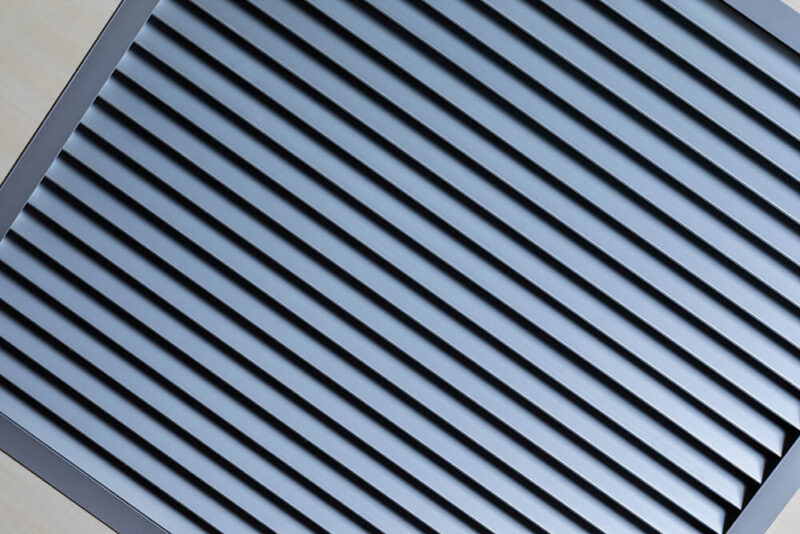
Measures to Prevent Electrochemical Corrosion
To mitigate the impact of electrochemical corrosion on the performance of finned tube heat exchangers, the following preventive measures can be taken:
- Selection of More Compatible Materials: During the design phase, try to choose combinations of metallic materials with closer electrochemical potentials. If dissimilar metals must be used, implement isolation measures.
- Use of Protective Coatings: Apply protective coatings, such as epoxy resins or other corrosion-resistant paints, to the surfaces of susceptible metals to create a physical barrier that prevents contact with the electrolyte.
- Cathodic Protection: Employ methods such as impressed current cathodic protection or sacrificial anodes to make the protected metal the cathode, thereby slowing down or preventing its corrosion.
- Control of Environmental Conditions: Minimize the humidity and temperature of the heat exchanger’s operating environment to reduce contact with corrosive media.
- Regular Maintenance and Cleaning: Periodically inspect the heat exchanger for signs of corrosion and promptly clean any fouling and corrosion products from the fin surfaces.
Conclusion
Electrochemical corrosion is a significant factor affecting the performance and lifespan of finned tube heat exchangers. Understanding its mechanisms and negative impacts on performance, and implementing effective preventive measures, is crucial. Through careful material selection, appropriate protective measures, and regular maintenance, electrochemical corrosion can be minimized, ensuring the efficient and stable operation of the heat exchanger, extending its service life, and ultimately reducing operating costs and improving production efficiency.
If you have specific application scenarios or material selection questions, I would be happy to provide more tailored advice.

